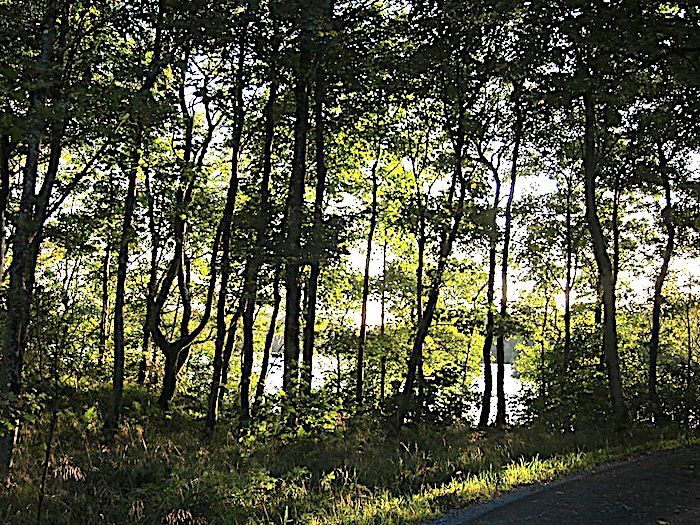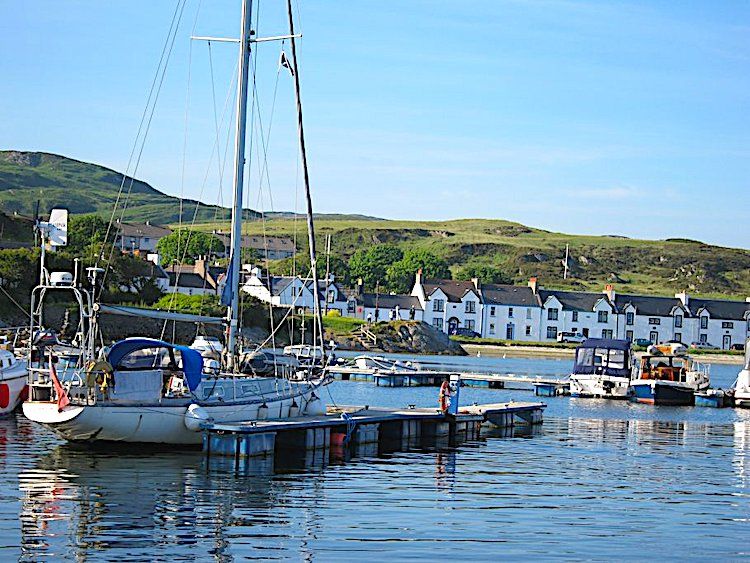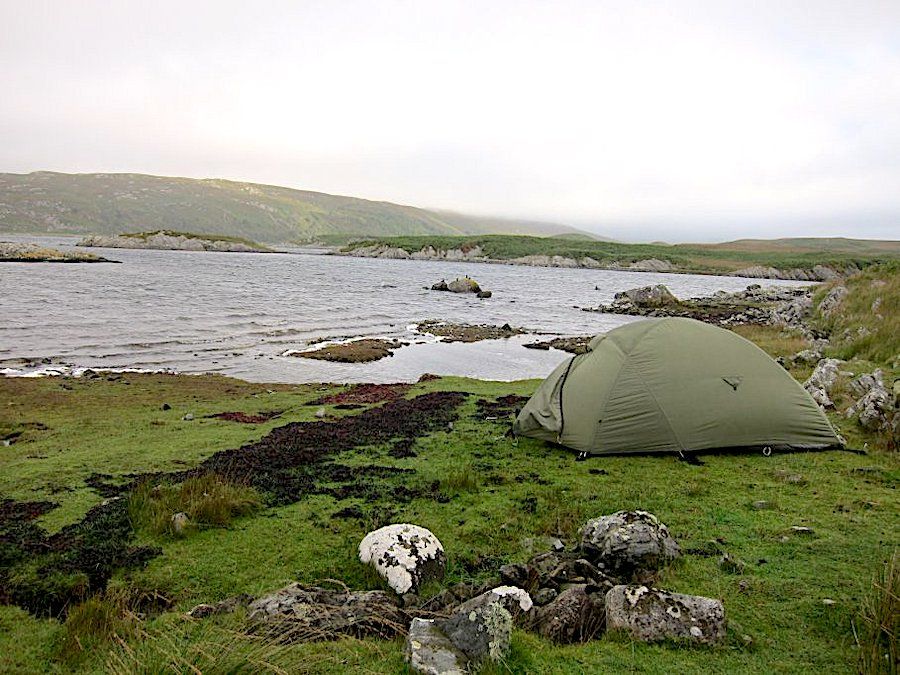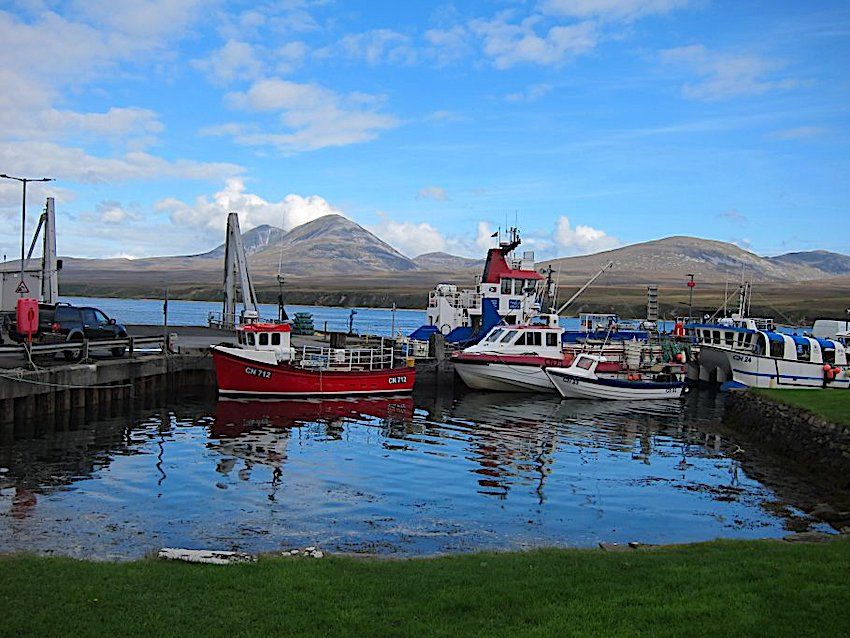The Geology of Islay and Jura by Geoff Steel.
The Geology of Islay and Jura
Talk by Geoff Steel, Wednesday 21st August 2024
Text and photos by Geoff Steel
There is no greater contrast between two Scottish islands than Islay and Jura. Yet they are so close that they're nearly joined. Why so different? The answer is limestone. Islay has it and Jura does not. The fertile soil of Islay has always brought prosperity: towns, villages, woodland, farms and cattle grazing in fields. Jura is almost entirely made of quartzite. Nothing grows on quartzite. It's a vast empty wilderness of bogs, boulders and remote hills. The only road is the A846 which is a single track with grass in the middle.

Islay Loch Ballgrant
The rocks are of late Precambrian age and referred to as Dalradian. Most of the Dalradian strata were intensely folded and metamorphosed during the Ordovician which makes it difficult to reconstruct their original form. But in Islay and Jura, and also on the mainland coast opposite, the deformation was less severe. Reconstruction shows a series of listric (curved) normal faults. This was crustal extension and was the opening of the Iapatus Ocean.

Islay Port Ellen
Timing of the Dalradian is poorly constrained. Neither the base nor the top are clearly defined. However there is a prominent marker horizon which potentially allows correlation with other parts of the world. It is the Port Askaig Tillite. Arriving on Islay it's the first thing you see, at the back of the ferry terminal. The tillite is a glacial deposit with dropstones from floating ice set in a muddy matrix. It is from one of the three "Snowball Earth" events: Gaskiers (580Ma), Marinoan (635Ma) or Sturtian (720Ma). But which one? Most references say Marinoan so timing of the Dalradian has been estimated accordingly. But in 2006 a paper was published in Ireland (where the tillite is also visible) which suggested Sturtian. That's almost a hundred million years earlier. It would require a drastic revision of the timing.

Jura Loch Tarbert
On the subject of ice the recent glacial maximum has shaped the topography of both islands. On Jura the ice reached a thickness of 750m which would have left the tops of the mountains just clear. The ice was forced to flow around them and rejoin on the other sides. One of the joins, on Beinn an Oir, formed a medial moraine. It is an exact straight line of boulders more than two miles long, an astonishing feature, hard to believe it's not man-made. Melting of so much ice removed a great weight from the land. The resulting isostatic uplift has formed an impressive line of raised beaches along the west coasts of Islay and Jura.

Jura seen from Port Askaig
Finally, a few days before this talk, a paper was published about work on the Garvellach Islands just north of Jura. The Port Askaig Tillite is well exposed there. And the paper gives a date: 720Ma. If correct this would confirm the Irish paper. Watch this space!